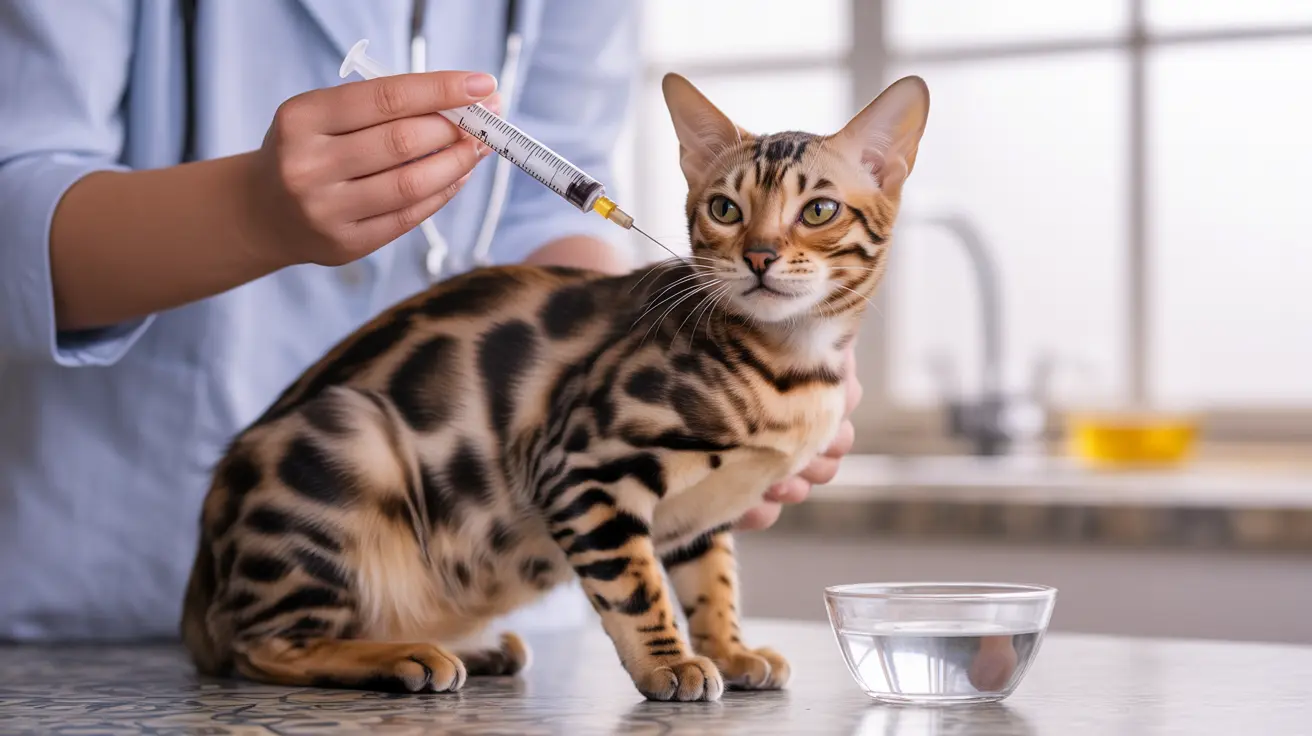Understanding Lactulose for Cats
Lactulose is a vital medication in veterinary medicine, serving as a synthetic sugar solution that helps treat both constipation and liver-related conditions in cats. This non-absorbable medication plays a crucial role in maintaining feline digestive and hepatic health when prescribed by veterinarians.
As a prescription medication, lactulose works through two primary mechanisms: drawing water into the colon to ease constipation and reducing ammonia levels in cats with liver problems. Understanding its proper use is essential for cat owners whose pets require this treatment.
How Lactulose Works in Feline Bodies
When administered to cats, lactulose passes through the digestive system unchanged until it reaches the colon. There, beneficial bacteria ferment it into short-chain fatty acids, creating an environment that draws water into the intestines and softens the stool. This process makes it easier for constipated cats to pass waste normally.
For cats with liver issues, lactulose serves an additional purpose by trapping ammonia in the colon and facilitating its removal through feces. This mechanism is particularly important for cats suffering from hepatic encephalopathy, a serious condition where toxins affect brain function due to liver dysfunction.
Proper Dosing and Administration
The correct dosage of lactulose varies depending on your cat's condition, weight, and specific needs. Typically, veterinarians start with a conservative dose of 1ml per 10 pounds of body weight, administered every 8-12 hours for constipation. Cats with hepatic encephalopathy may receive different dosing schedules.
Administration can be challenging due to the medication's sweet taste, which many cats find unpalatable. Options include:
- Mixing with wet food
- Using an oral syringe
- Administering flavored compounds
- Utilizing powder form sprinkled on food
Monitoring and Side Effects
While lactulose is generally safe, monitoring your cat's response is crucial. Common side effects include:
- Diarrhea if overdosed
- Temporary bloating or gas
- Possible dehydration
- Abdominal discomfort
Contact your veterinarian if you notice severe side effects or if your cat's condition doesn't improve after starting treatment.
Special Considerations and Precautions
Certain cats require extra attention when taking lactulose. Diabetic cats need careful monitoring as the medication can affect blood sugar levels. Additionally, ensuring adequate water intake is crucial to prevent dehydration, especially in cats receiving regular lactulose doses.
Store lactulose properly at room temperature and always follow your veterinarian's specific instructions regarding timing and dosage adjustments.
Frequently Asked Questions
What is lactulose, and how does it help treat constipation and liver problems in cats?
Lactulose is a synthetic sugar solution that works as an osmotic laxative and ammonia-reducer. It draws water into the colon to soften stools and helps remove toxic ammonia in cats with liver problems by trapping it in the intestines for elimination.
How do I correctly dose and administer lactulose to my cat for constipation or hepatic encephalopathy?
Dosing typically starts at 1ml per 10 pounds of body weight every 8-12 hours for constipation, while hepatic encephalopathy may require different dosing. Always follow your veterinarian's specific instructions, as doses vary based on condition and response.
What are common side effects of lactulose in cats, and how can I manage them?
Common side effects include diarrhea, bloating, and gas. Manage these by ensuring proper dosing, maintaining hydration, and reporting severe symptoms to your veterinarian. Temporary dose adjustments may be necessary.
Can lactulose affect diabetic cats differently, and what precautions should I take?
Yes, diabetic cats require special monitoring as lactulose can affect blood sugar levels. Work closely with your veterinarian to adjust dosing and monitor glucose levels regularly during treatment.
What should I do if my cat refuses lactulose or if I suspect an overdose?
If your cat refuses lactulose, discuss alternative administration methods with your veterinarian, such as flavored compounds or different formulations. For suspected overdose, stop administration immediately and contact your veterinarian, watching for signs of severe diarrhea or dehydration.
Conclusion
Lactulose serves as an important medication for cats dealing with constipation or liver issues. Success with this medication depends on proper dosing, careful monitoring, and good communication with your veterinarian. While side effects can occur, most cats tolerate lactulose well when administered correctly.






